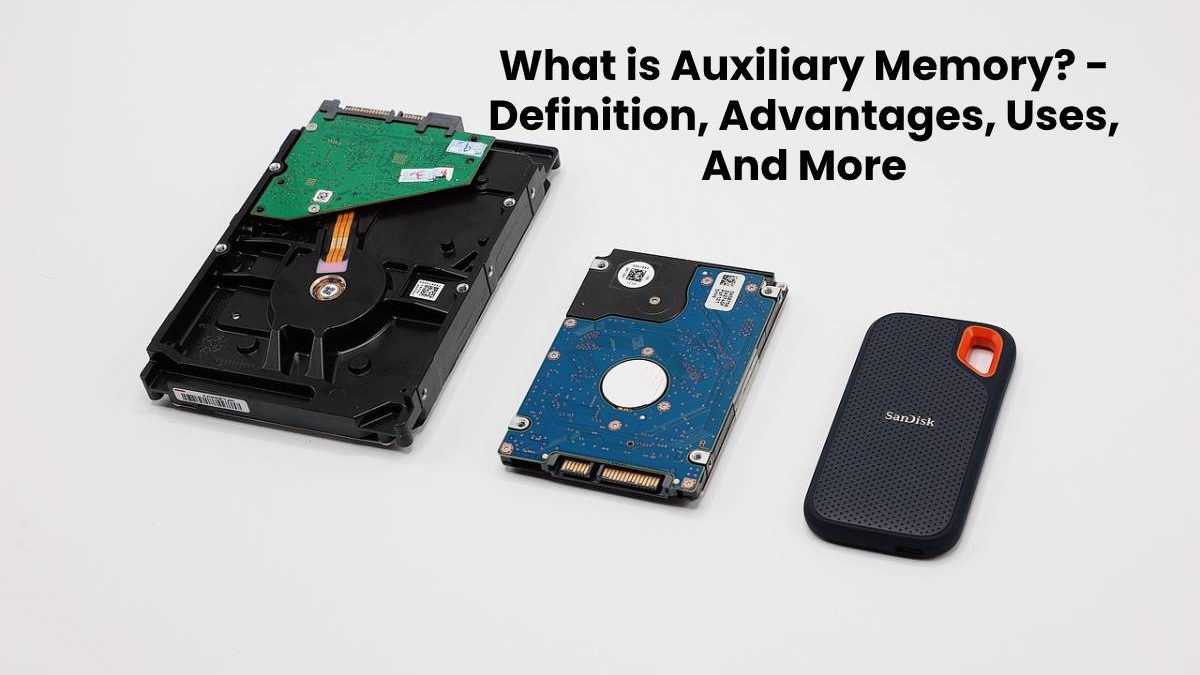Table of Contents
Definition of Auxiliary Memory
Among the different devices in the computer hardware, we find the group of memories, the primary memories, comprise the RAM and ROM memory that support the functions of the Central Processing Unit offering a higher overall equipment performance, but also have the ability to store data.
The group of Secondary Memories, also known as Auxiliary Memory. Which, unlike RAM, does not have temporary storage of the processed Data. But rather saves permanently even after disconnecting the computer from its power supply. It is a Permanent Storage of this information.
Also read: What is Latency? – Definition, Effects and Factors
Advantages of Auxiliary Memory
It consists of a wide variety of Storage Media that allows the storage of a large amount of data, differentiable with other memories not only regarding this quality but also in its quality since the storage capacity is vastly superior.
How do Auxiliary Memory work
Their operation is not autonomous since they work in conjunction with the Primary Memory. So, for example, for reading a file in a Storage Medium, the use of RAM Memory may be required to speed up this reading and increase the performance of the processes.
Uses of Auxiliary Memory
The most widely used of the Secondary Memories, without a doubt, is the case of the Hard Drive. The storage medium par excellence in a computer, having a large capacity. But not as fast as other types of memory. Being economical, with very high durability and offering sustenance not only for all the files present in the equipment.
As for Optical Media, we find a large number of formats according to current technologies that are constantly evolving from the use of classic CD-ROMs and CD-Rs to current HD-DVDs and the most advanced Blu-technology. Ray, which offers different storage capacities at very high portability.
We also have the case of Flash Memory, which is a portable storage medium that allows us to use this memory in a large number of mobile devices, generally acting as a link between a laptop and a computer, or as a support for them. Can store more files. For these cases, there is usually a card reader slot or an adapter that takes advantage of the absolute connectivity of the USB port, making it easier to read and download files stored there.
Also read: What is System Analyst? – Definition, Roles, Qualities, And More

